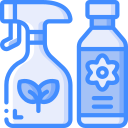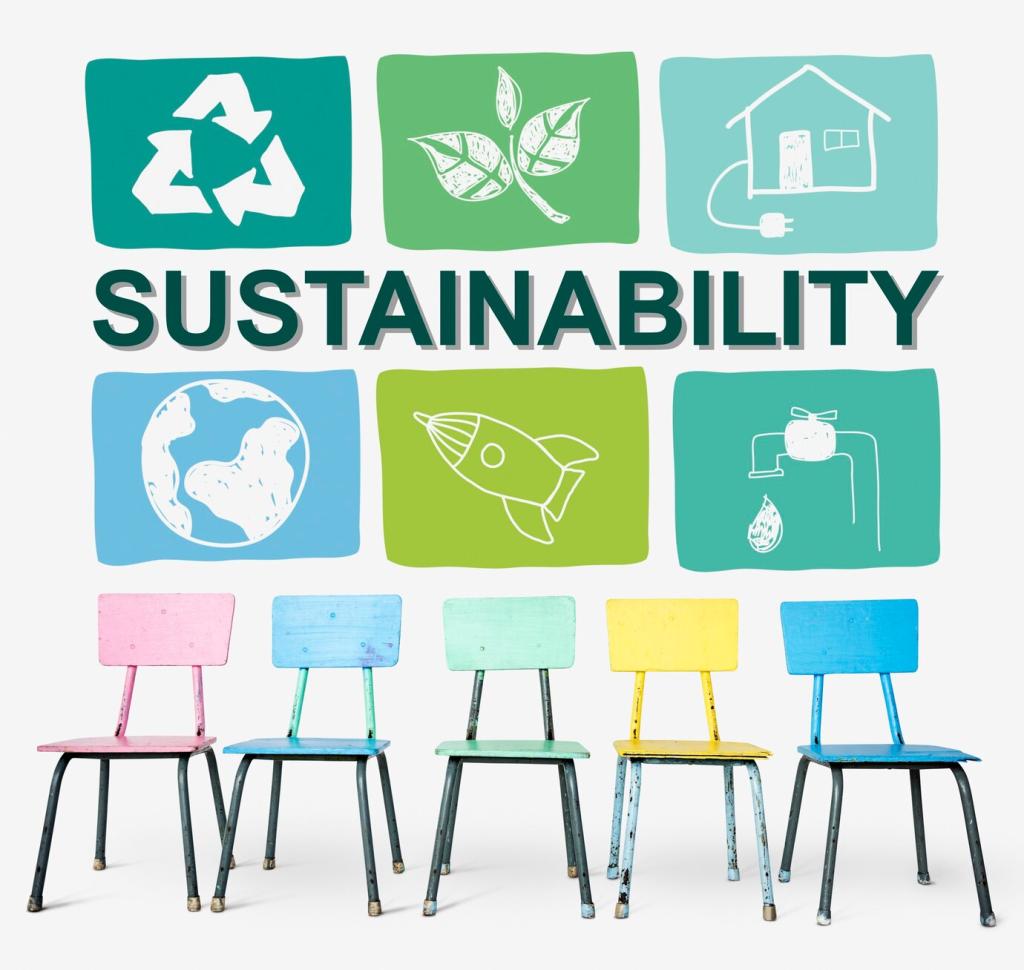Tools, Concentrates, and Safe Storage
Choose glass spray bottles, cellulose-cotton dishcloths, and bamboo scrub brushes with replaceable heads. If using microfiber cloths, wash in a microplastic-catching bag. Quality tools feel good in hand and last longer. Tell us which tool changed your routine, and we’ll spotlight community favorites.
Tools, Concentrates, and Safe Storage
Many eco cleaners are concentrates. Label your bottles with mixing ratios and dates. Keep a funnel and measuring cup with your supplies. Refilling reduces cost and plastic, while consistent ratios ensure performance. What concentrate brand do you trust? Share your experiences for fellow readers.



